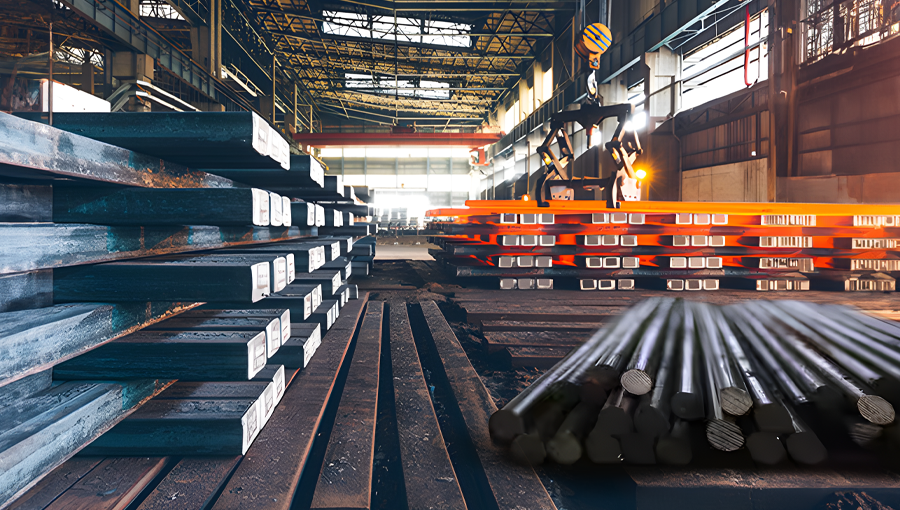India–US Trade Tensions Rise Over Steel and Auto Tariffs NMDC Limited reports a 38% drop in Q4 FY24 consolidated net profit RINL to Raise $23 Million Through Land Sales Amid Crisis

India's steel sector will likely see an investment of close to ₹ 30,000 crore and a boost in production capacity by 25 million tonnes (MT) in five years. "Given the progress we have made so far, we are confident that by the end of FY 2029, we will achieve a total investment of ₹ 29,500 crore and an augmentation of production capacity by 25 MT," said Nagendra Nath Sinha, Secretary, Ministry of Steel.
As of March 2024, the Centre had inked 57 Memorandums of Understanding (MOUs) with companies, entailing ₹14,600 crore of investment. This has led to an additional production capacity of 3 lakh tonnes under the ambitious production-linked incentive scheme (PLI).
Last year, the Prime Minister Narendra Modi-led government approved a PLI scheme across 14 key sectors, including the speciality steel segment, with an outlay of ₹1.97 lakh crore to facilitate the country's manufacturing capabilities and exports. "As India aspires to become a $10 trillion economy and realises the vision of Viksit Bharat, or developed India, steel will undoubtedly play a pivotal role," Sinha said, adding that steel remains an integral part of many sectors.
According to him, steel production supports domestic industries and enhances India's export capabilities, contributing to a favourable trade balance. Crisil, a marketing research and ratings firm, recently found that the country's steel consumption grew 13.6% in FY24, reaching 136 MT.
Infrastructure, construction, and automobiles are the top steel-consuming sectors. The latter contributes nearly 14% to the manufacturing GDP and 2% to the country’s gross domestic product (GDP). According to experts, the construction sector contributes 38% of India's steel demand, while infrastructure accounts for 29% of India's steel demand of 67 MT by 2030, with roads, highways, and metros making up 50-60% of this demand.
According to Sinha, the sector employs more than 6 lakh people directly and over 20 lakh indirectly. "By fostering a robust steel industry through initiatives like the PLI scheme, we are not just building the physical framework of a developed nation but also creating jobs, spurring technological innovation, and paving the way for economic resilience."
The National Steel Policy 2017 envisages a production capacity of 300 MT and seeks to increase per capita steel consumption to 160 kg by 2030. To achieve its 2025 economic growth target of $5 trillion, the Modi government is investing in infrastructure through the National Infrastructure Pipeline (NIP), particularly highways and expressways, rail network augmentation, freight line de-congestion, ports, and waterways. The budgetary outlay for infrastructure-related ministries increased from ₹ 3.7 lakh crore in FY23 to ₹ 5 lakh crore in FY24.
Nearly ₹70 lakh crore worth of developmental projects are currently at various stages of implementation, as per the India Investment Grid (IIG) statistics.
Also Read : Global scrap prices remained relatively stable in May CISA mills’ daily steel output fell 3.69% in late January